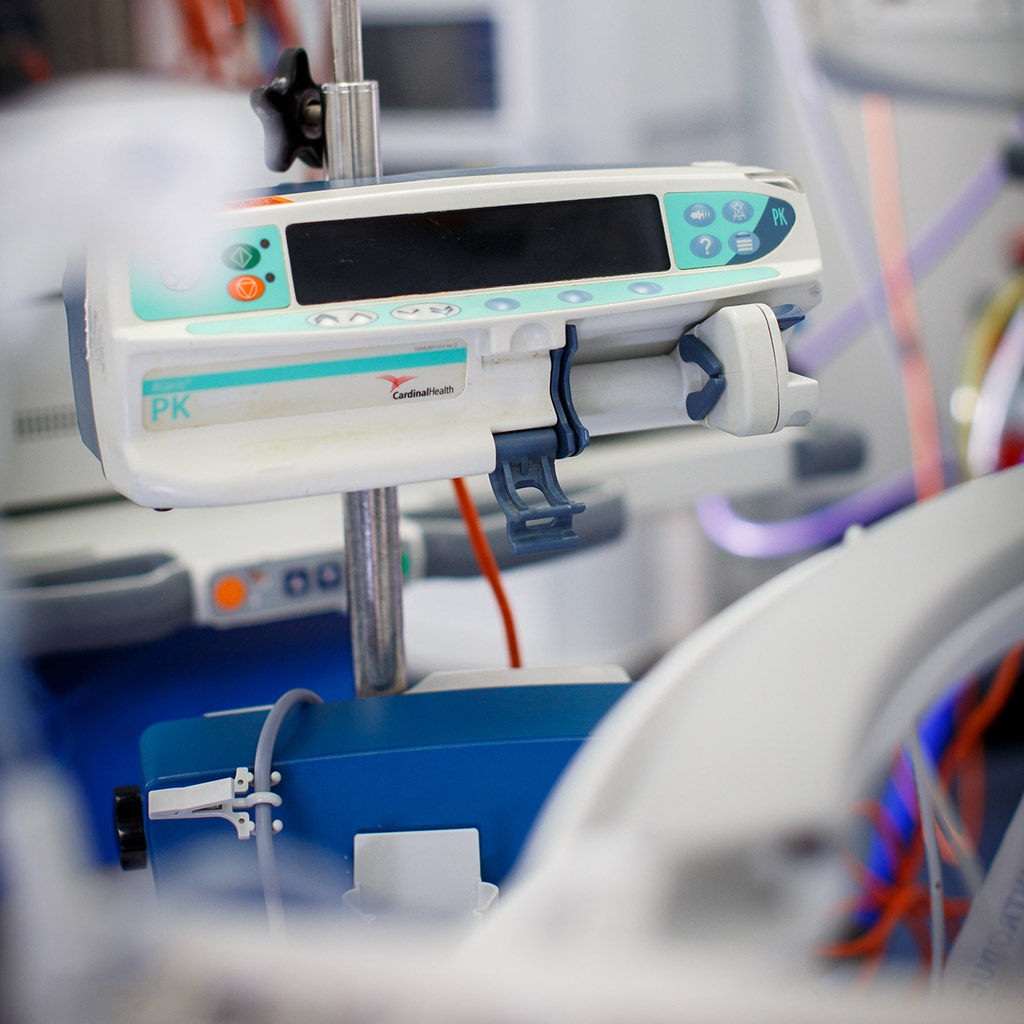Radical Orchidectomy
Removal of the testicle
This procedure is carried out via a groin incision to remove the whole testicle, the coverings of the testicle and all of its attachments for a suspected testicular cancer.
Are there any alternatives to this procedure?
The complete removal of the testicle is by far, the most common initial step in treatment. However, in certain circumstances, the surgeon may discuss observation, biopsy or partial removal of the testicle where a suspected tumour is present.

You will be asked not to eat or drink for 6 hours before surgery.
Usually a full general anaesthetic will be used. The testicle is normally removed through an incision in the groin (similar to that used for repair of a hernia). It may be necessary to take biopsies from the other testicle. The operation takes approximately 45 minutes.
If you are concerned about the cosmetic results of losing a testicle, you can discuss the option of insertion of a false testicle (prosthesis) with your surgeon.
You may eat, drink and mobilise when you are fully recovered from the anaesthetic. You will be able to leave hospital as soon as you are comfortable on the same day or the day after the procedure. You will need someone to collect you and to remain with you for the first 24 hours after discharge. The average hospital stay is 1 day.
Most procedures have a potential for side-effects.
Common (greater than 1 in 10)
- Cancer, if found, may not be cured by removal of the testis alone.
- Need for additional procedures or treatments such as surgery, radiation or chemotherapy.
- Permission to biopsy the other testis if small, abnormal or history of maldescent.
Occasional (between 1 in 10 and 1 in 50)
- Removal of testis only to find that cancer was not present.
- Possibility that microscopic examination of the removed testicle may not give a conclusive result.
- Infection of the incision requiring further treatment (& possible removal of implant). Infection of the wound or scrotum is more common when a prosthesis is used and is more serious because it usually means that the prosthesis will need to be removed.
- Bleeding requiring further surgery.
- Loss of future fertility.
- Injury or entrapment of nerves in the groin such as the ilioinguinal nerve leading to numbness or long term pain in the groin scrotum and inner thigh.
Rare (less than 1 in 50)
- Risks particularly associated with insertion of a testicular prosthesis such as pain, infection or leaking requiring removal of implant. Patient’s cosmetic expectations may not always met by the implant. The Implant may lie higher in scrotum than normal testis. A stitch at one end of the implant which you may be able to feel. The long term risks from use of silicone products are as yet unknown.
Other considerations
Removal of the testicle should not adversely affect your life. The remaining testicle takes over the function of the removed one so your sex life and ability to father children should be unchanged in the long term.
However, testicular cancer and its treatments (especially chemotherapy) can alter the amount of sperm produced. You will, therefore, be given the opportunity to provide semen samples for storage. These can be used in the future for assisted conception if your fertility does not return after treatment.
The groin and scrotum may be uncomfortable for 7-10 days. Simple painkillers will usually relieve this discomfort.
It is common to notice some bruising in your groin and scrotal area. However, if you have significant swelling or bruising in the groin or scrotum, you should alert your surgeon.
You may find it more comfortable to wear supportive pants (rather than boxer shorts). You may shower 24 hours after the procedure (without soaking) but ensure that your wound is thoroughly dried with a hair dryer. You should be able to return to work after 1 week depending on the nature of your work but it is sensible to avoid heavy lifting and strenuous exercise for 6 weeks. You are advised not to drive for 2 weeks or if you still have pain that may impair your ability to drive. Sexual activity can be resumed after 2 weeks although, for some men, the strain of surgery may reduce your sex drive temporarily. Absorbable stitches are normally used but these may take up to 90 days to disappear completely.
If you develop a temperature, increased redness, throbbing or drainage at the site of the operation, please contact your doctor.
You will see your surgeon 1-2 weeks after the procedure for the pathology results.

